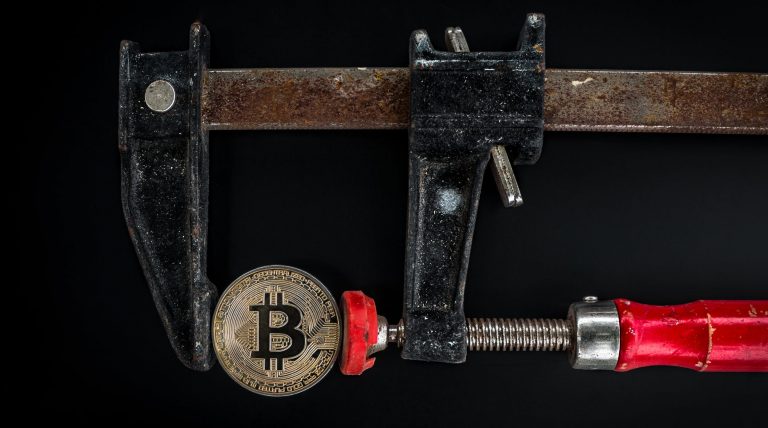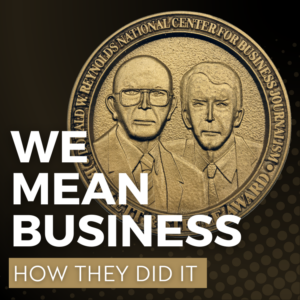The recent hubbub about non-fungible tokens (NFTs) has prompted extremely costly speculation, widespread public confusion and — most importantly for business journalists — a wave of barely distinguishable explainers from pretty much every prominent online publication.
It’s quite apparent why a full-length explanation might be useful; the concept of an NFT is hard to express in just a sentence or two. Allow me to try: an NFT is a piece of digital art that anyone can view, but only one person is allowed to own, and its uniqueness is authenticated by blockchain (the same encoded ledger system that gives us cryptocurrency).
To me, as a sports fan, the most easily comprehensible application of NFTs is NBA Top Shot, a marketplace for NFTs of basketball highlights in which, for instance, exclusive ownership of a clip of an acrobatic dunk might sell for tens of thousands of dollars. Even if others can watch it online, they can’t say they own it — hence “non-fungible.”
In the abstract, NFTs and other concepts in the cryptocurrency domain can be extremely difficult to understand, but providing relevant reference points makes it much easier for readers to grasp complex concepts. This is why localized coverage, even for a strictly digital concern like NFTs, is crucial — it provides a key means of differentiating your work from numerous informational pieces already out there.
Local Angle #1: Most simply, if an artist, celebrity or organization connected to your region of the country is entering the NFT market, readers will want to know. Kansas City’s Fox affiliate, for instance, did a pretty in-depth story on Chiefs quarterback Patrick Mahomes’s decision to sell six pieces of digital art as NFTs. When the band Belave became the first artist to sell an album as an NFT in early March (beating Nashville’s Kings of Leon to the punch), hometown media in Montreal was there to cover it. And of course the local paper in Canton, Ohio, would document the Pro Football Hall of Fame entering the NFT market.
Local Angle #2: If nothing of note appears to be happening in your area, you can at least customize an article about NFTs by seeking out regional experts — a Harrisburg Fox affiliate features an explanation from a Harrisburg University professor — or artists. The Durango Herald, of Colorado, exemplified this latter tactic with a piece about a longtime local crypto enthusiast in Durango who mints his own NFTs. Don’t expect every digital artist in your region to be all-in on NFTs, though: many online are concerned about intellectual property theft, for instance, which could be a story in itself.
Local Angle #3: One of the most controversial aspects of NFTs is their environmental impact. As CNET’s Daniel Van Boom pointed out, the process of creating and selling an NFT can consume as much energy as an American household does in a year. Digital artist Beeple told The Verge that it costs him $5,000 per collection to help counteract the greenhouse gas emissions his work produces. A good way to bring a local perspective to the environmental side of NFTs is to focus on the crypto mines that produce such emissions. The U.S. is in the process of “becoming a bitcoin mining power again,” according to Coindesk — see if you can find out if miners are moving into your area. For instance, Kentucky recently approved tax breaks for mining organizations. It is also worth checking to see if any of the companies that have sprung up to provide marketplaces for minting and selling NFTs are based in your area.
Local Angle #4: Speaking of taxes, regional taxation differences actually have an effect on NFT transactions. CNBC’s Robert Frank reported that buyers using cryptocurrencies to purchase NFTs might not be aware of the IRS’s capital gains taxes on crypto transactions. Frank notes that in states that treat capital gains like regular income, the financial burden of using crypto to buy NFTs could be even higher. How does your state treat capital gains, and how might that affect local consumers looking to buy into the newest fad?
Even a purely digital phenomenon is subject to regional factors, and even a topic that is difficult to comprehend attracts consumers from across the country. Please keep all of this in mind when you’re about to sit down and write yet another NFT explainer.











